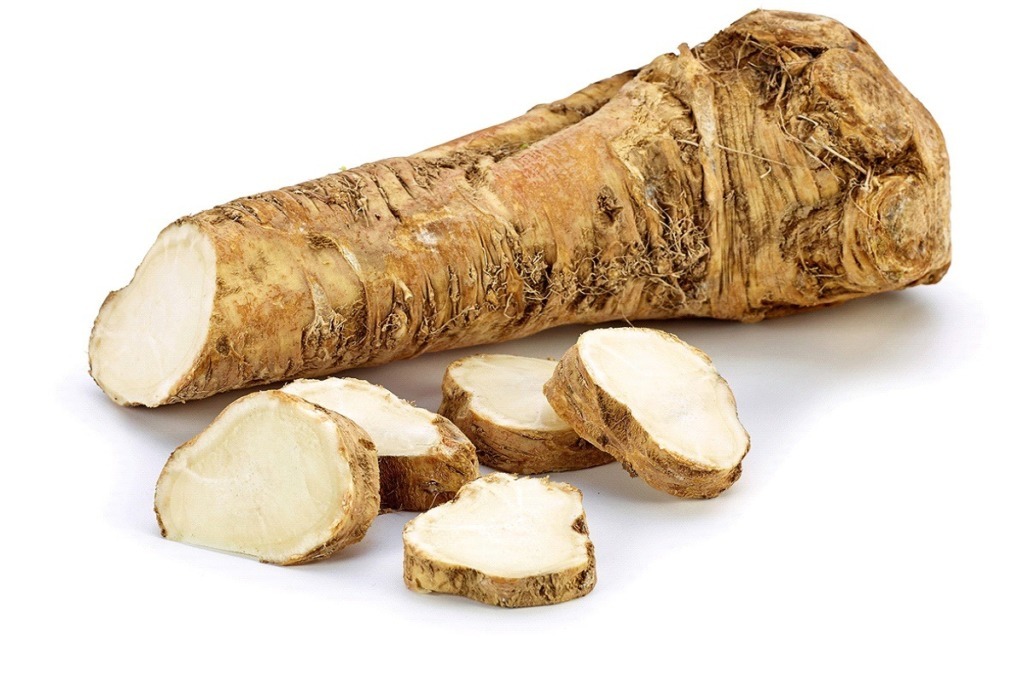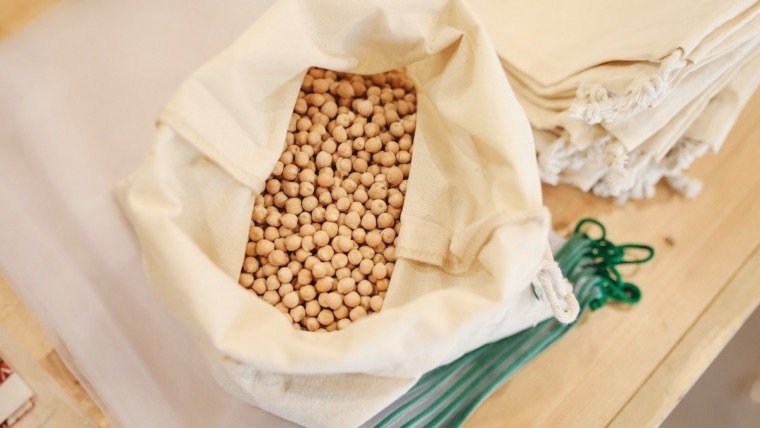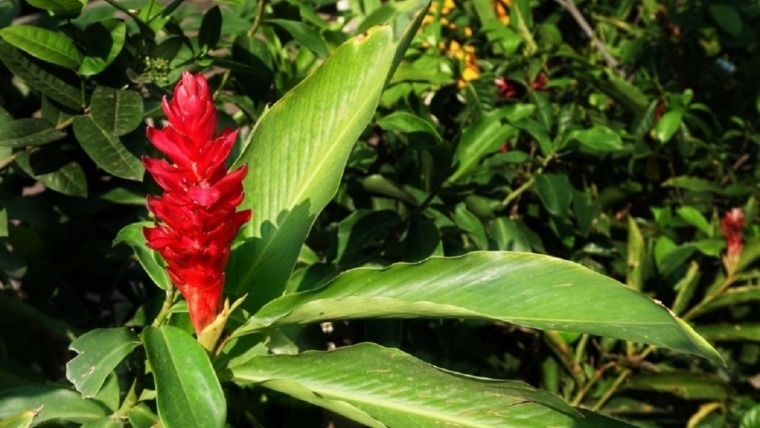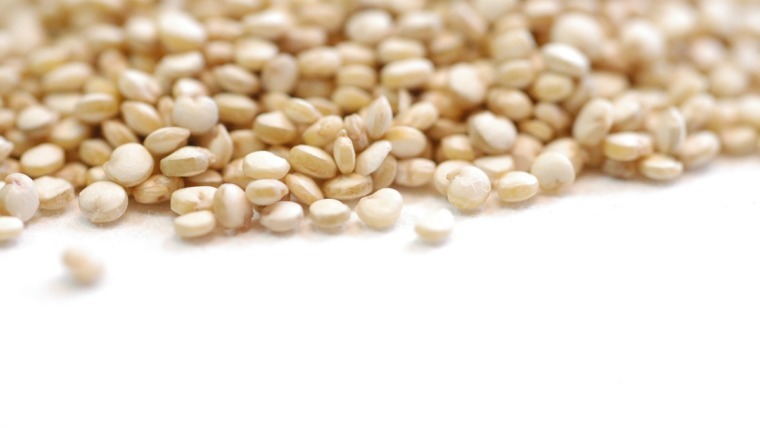
Written by Kevin Kapusi Starow
For me, horseradish has been an important part of my life, in that my background is European and this simple little ingredient is very popular in many European cuisines, especially from where my family derives from. My childhood is filled with memories of many meals accompanied by either the traditional white or red horseradish condiment, just thinking of it now makes my mouth water. A beautifully golden veal schnitzel, with potatoes, a cucumber salad, and of course an accompaniment of eye-watering horseradish, delicious.
This is probably what many of us associate with horseradish, an eye-watering and nasal clearing paste that tests our ability to withstand pain. Though what else do we really know about it, other than it is a root, which many of us, because of this, misguidedly consider it to be a root vegetable, like a carrot or parsnip. When in fact horseradish is part of the Brassicaceae family, or the cabbage, wasabi, broccoli, and radish family. Plus, it is not just the root of this plant that can be eaten, though we will get into that a little later in the cooking section.
The horseradish plant is a hardy perennial which has been used throughout the ages as both a food source and for its medicinal properties. In English the name horseradish was used to describe its strength, hence the use of the word horse, to denote strength, and radish, because it is a radish. Though throughout Europe is known predominantly by the name khren (ren, kren), or a derivative of such.
This strength or pungency comes from the natural defences of the plant which is designed to protect it against being eaten by herbivores. Upon crushing of the plant flesh an enzyme is released, thus creating the pungent compound we all associate with the plant and scaring off the would-be diners.
History
Though there is no certainty in where a particular plant originated from, it has been reported that in all likelihood the horseradish plant (Armoracia rusticana) is a native of southeastern Europe.
According to Greek mythology horseradish was considered to be worth its weight in gold and obviously was highly prized by early civilizations.
Cooking
Commonly horseradish is known as a condiment for meats or fish, composed of the grated flesh of the plant mixed with vinegar, lemon juice or citric acid. You can find combinations of grated horseradish and mustard known as Tewkesbury mustard in England or Krenssenf in Germany, and Austria, being heartily used. One of my favourites is grated horseradish and beetroot juice, because you get the natural sweetness of the beets included in this mixture, and is delicious.
Another amazing use is combining grated horseradish with sour cream or mayonnaise to create either a spread or dip, that can accompany a variety of either meat and fish dishes.
Some form of this condiment can be found throughout the entire European continent, being used on everything from pork, beef, lamb, to a myriad of varieties of seafood, and vegetable dishes.
In Poland, it is used as the main ingredient in a traditional Easter soup, and in the Basilicata region of Italy, they make rafanata, a dish made of horseradish, eggs, cheese and sausage.
Health Benefits of Horseradish
Horseradish is not particularly high in any nutrient value, though does have a high vitamin C content and moderate amounts of sodium, folate and fibre. It does contain a number of volatile oils, most recognisably mustard oil.
Due to these volatile component’s horseradish loses its pungency when exposed to light and heat. So, unfortunately, once the chemical process is initiated (grating), there shortly afterwards, the strength and character of horseradish that we all love and appreciate begins to decline.



